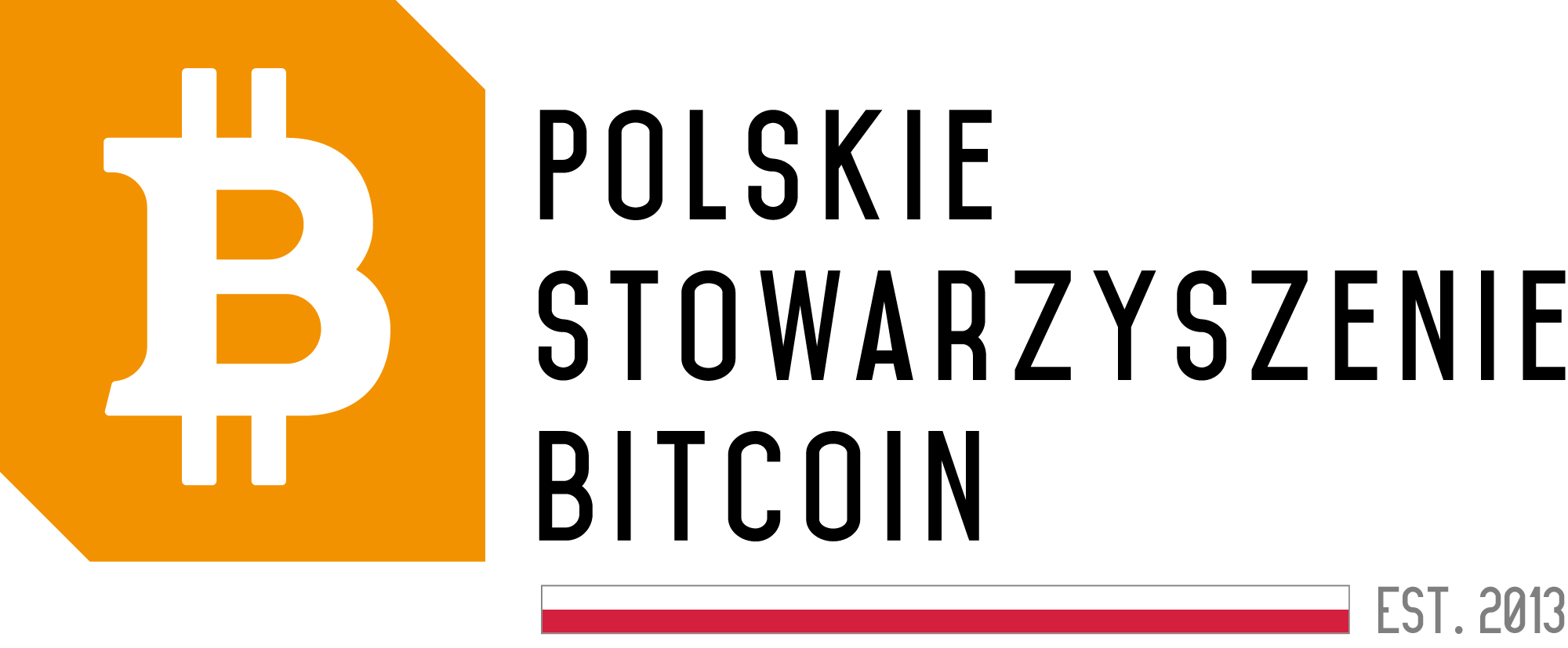digital signature
A digital signature is an advanced technology used to confirm the authenticity, integrity, and non-repudiation of electronic documents. It is the digital equivalent of a traditional handwritten signature, allowing for the verification of the identity of the person or institution signing the document and ensuring that the document has not been altered after signing.
How does a digital signature work?
A digital signature is based on the use of a special cryptographic algorithm that creates a unique code, called a hash, for a given document. This hash is then encrypted using a private key, which is only accessible to the authorized person to sign. The encrypted hash is attached to the document as its digital signature.
Advantages of a digital signature
One of the main advantages of a digital signature is its tamper-proof nature. After signing, the document’s content cannot be changed, as even the slightest alteration would result in a change to the digital signature. Additionally, a digital signature is extremely difficult to forge, making it a very secure way to confirm the authenticity of documents.
Applications of a digital signature
Digital signatures are widely used in various fields such as online transactions, electronic contracts, official documents, and electronic medical records. They enable quick and secure verification of identity and document authenticity, speeding up business processes and reducing the risk of forgery.
It is worth noting that digital signatures are equally important in the crypto assets industry, where they allow for secure transaction signing, verification of cryptocurrency wallet holders’ identities, and smart contract agreements.
Summary
A digital signature is a key tool in today’s digital world, ensuring the security, authenticity, and integrity of electronic documents. Its use significantly streamlines and speeds up business processes while fostering trust between transaction parties. Therefore, more and more individuals and institutions are opting to use digital signatures as a standard practice in their operations.






